Remember all those glasses of milk you chugged as a growing person, convinced they would keep your bones strong? Well, there’s truth to that, but vitamin D plays a major role too. On top of keeping your skeleton in good working order, it creates key hormones that help out with keeping inflammation in check and your immune system thriving.
Our bodies make vitamin D, especially when we’re hanging out in the sun (Hawaii, anyone?). For us mainlanders stuck in the throes of late fall and early winter, funding sunshine can be tough this time of year. Folks everywhere from Portland to New York City can go weeks without seeing the big glowing star in the sky. Fear not, there are other ways to keep your vitamin D levels where they ought to be.

Speaking of upping your intake, the current recommended daily value of vitamin D for most adults is 800 IU or 20μg. That said, your needs may be higher or lower, particularly if you don’t get much direct sun exposure. The tricky part is that very few foods are naturally high in vitamin D, so if you’re looking to boost your levels significantly you may want to consider a vitamin D supplement or light therapy. That said, the foods highest in vitamin D listed below are nutritious additions to your diet overall, and can help ensure you’re getting adequate amounts of vitamin D throughout the day.
Fatty Fish
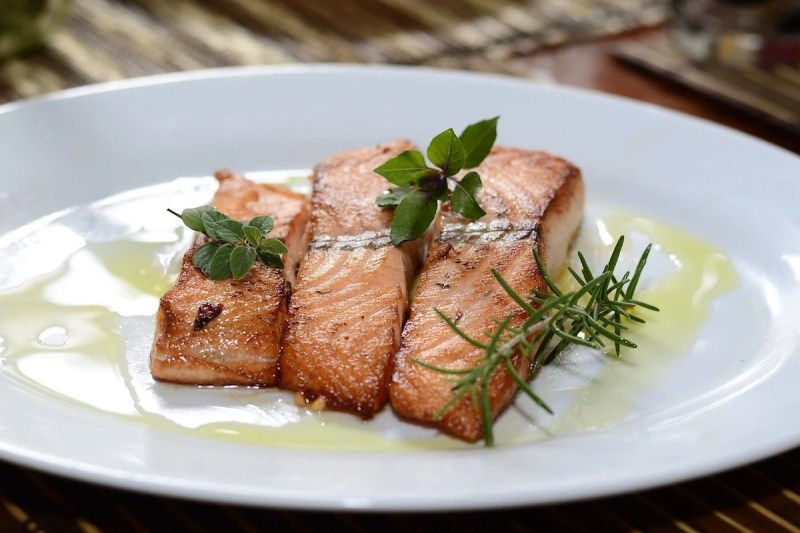
Fatty fish like salmon, tuna, and sardines are among the best dietary sources of vitamin D you can find. A six-ounce filet of salmon, for instance, provides nearly 150% of the daily value, with 28.4μg. Canned salmon is also a great option, as it provides about 91% of the daily value in a three-ounce serving and requires no cooking time at all. Canned salmon is also quite high in calcium, along with anti-inflammatory omega-3 fatty acids, potassium, and protein. Other fatty fish including smoked whitefish, swordfish, rainbow trout, canned sardines, halibut, and tilapia each provide over 30% of the daily value of vitamin D, with trout, swordfish, and whitefish providing nearly 75%.
Cod Liver Oil
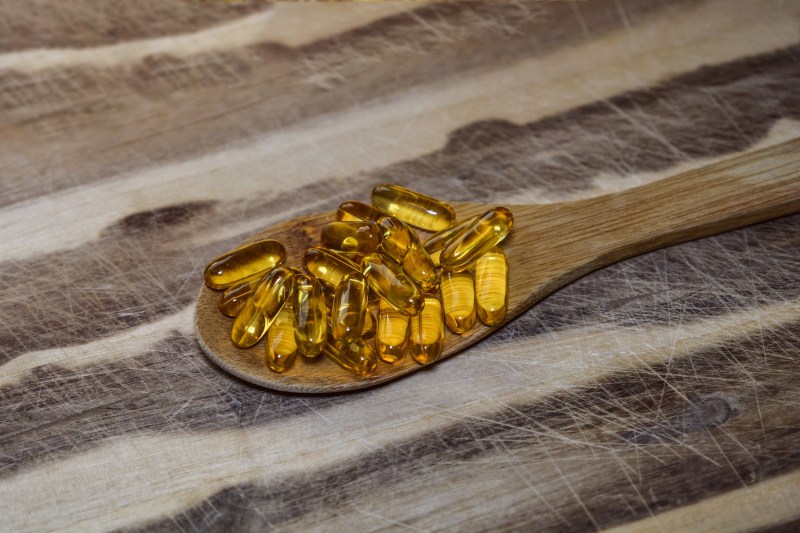
This one might fall more into the supplement realm since it comes in capsules (unless you literally want to eat cod liver — which you totally can, it’s just not as readily available or, arguably, as easy to stomach). However, it’s worth noting here as another way to boost your dietary intake of vitamin D because it’s far and away the richest dietary source of vitamin D available. It’s also packed with omega-3 fatty acids, an added bonus when it comes to maintaining a healthy body and brain. Plus, WebMD notes these fatty acids can help prevent blood from clotting too readily and reduce pain and swelling. Cod liver oil is also used for things like heart health and arthritis; however, there isn’t extensive scientific evidence yet to support these uses.
Mushrooms
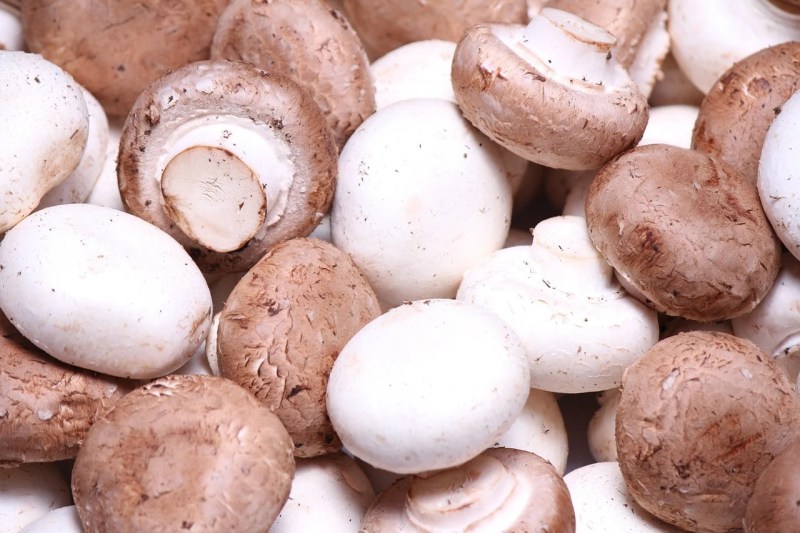
Interestingly, just like our own bodies, mushrooms also create vitamin D when exposed to UV light. You can even boost the natural vitamin D content in mushrooms prior to eating them by leaving them in the sun for 20 minutes or so. Sun-exposed crimini mushrooms are the highest in vitamin D, with an impressive 27.8μg per cup, which is approximately 140% of the daily value. Portabello mushrooms exposed to sunlight are a close second, with about 122% per cup. These meaty fungi hold up well to grilling, roasting, and stuffing. Mushrooms in general are versatile and easy to cook with, with a variety of surprising uses so you never get bored.
Fortified Milk
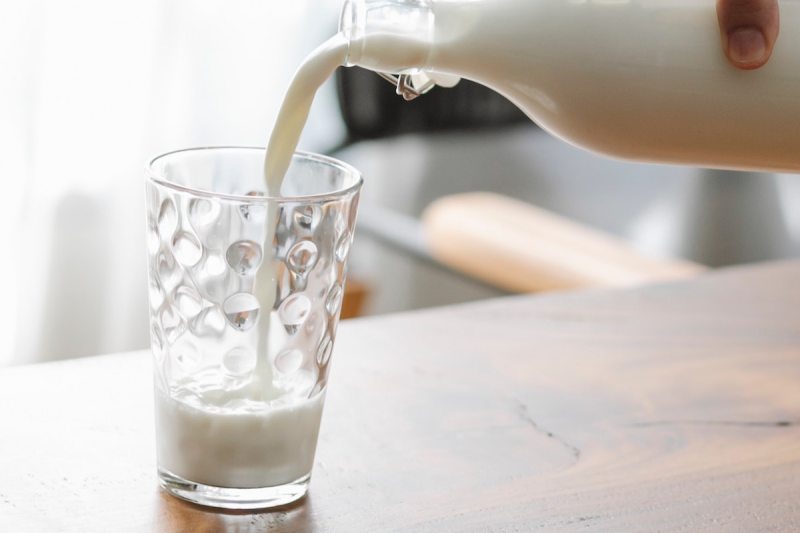
Most daily milk and alternative plant-based milk are now fortified with vitamin D since this nutrient is required to absorb calcium. An eight-ounce glass of low-fat milk has a little over 3μg (about 16% DV). Fortified soy milk, almond milk, rice milk, and coconut milk usually contain similar amounts, but you should refer to the nutrition facts and product labeling to determine the exact concentration.
Fortified Yogurt
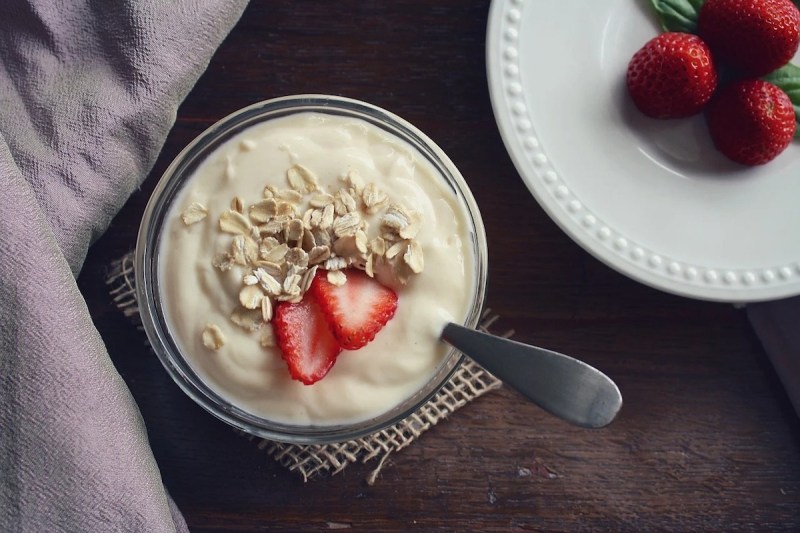
Like milk, most yogurt in the United States is fortified with vitamin D. One cup of fortified yogurt contains about 3.2μg of vitamin D, which is 16% of the daily value. Look for yogurt that contains live, active probiotics, which will support your digestive health and immune system. It’s also best to avoid yogurts that contain a lot of added sugars, hormones, and antibiotics.
Tofu
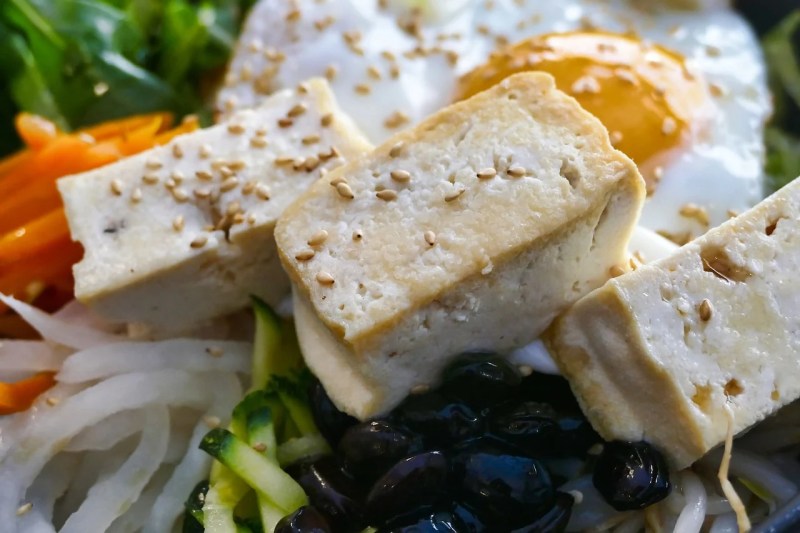
Lots of people are reluctant to give tofu a try, but it’s actually relatively mild in flavor on its own. Rather, it takes on the flavors of whatever sauces or spices you cook it with. The majority of tofu is soaked in a calcium solution as it is formed, making it a great source of calcium for vegans and those on a plant-based diet. To aid the absorption of this calcium, most tofu is also fortified with vitamin D. One cup of fortified tofu provides about 5.7μg (28% DV) of vitamin D.
And, if you’ve been wanting to try soy but are concerned with potential health impacts, you’ll be glad to know that soy is a nutritious plant-based protein that’s generally fine for your health when consumed, like all foods, in moderation. Just remember that if you are following a vegan or vegetarian diet, you may need to take vitamin B supplements as those vitamins are difficult to obtain from plant-based sources.
Orange Juice
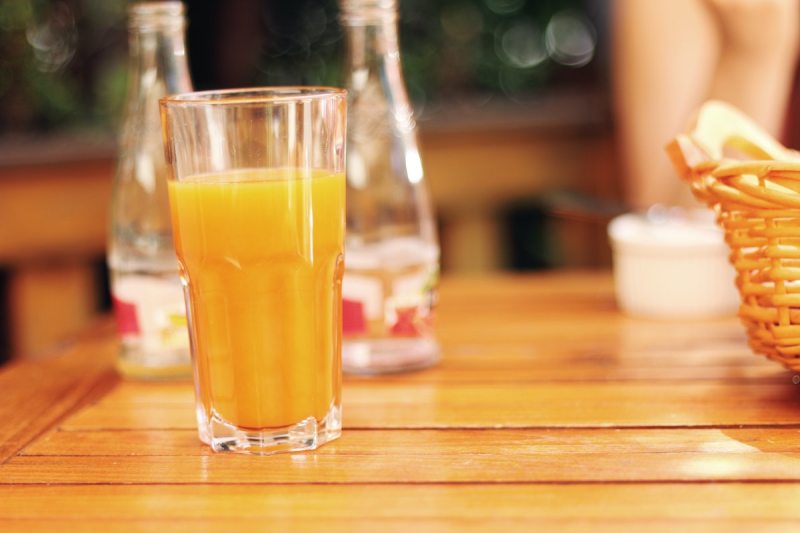
Orange juice is naturally high in immune-supportive vitamin C and potassium, an essential electrolyte that helps regulate fluid levels, blood pressure, and electrical signals in the heart. In the United States, orange juice is also usually fortified with calcium and vitamin D, though the vitamin D level is usually less than that added to milk and plant-based milk. One cup typically provides about 2.5 μg, and there are a variety of delicious orange juice brands to choose from.
Fortified Cereal
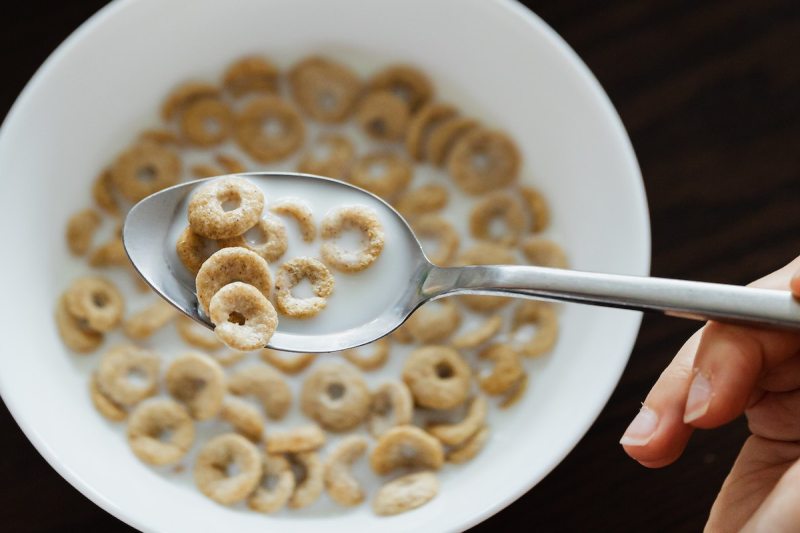
Breakfast cereals can also be high in vitamin D, though like many foods on this list, this is synthetic vitamin D used to fortify the product. The specific vitamin D content depends on the cereal, but there are plenty of healthy cereals that provide about 15-18% of the daily value. Fortified cereals are also usually rich in iron, calcium, and vitamin B12, a key nutrient for energy production.
Pork
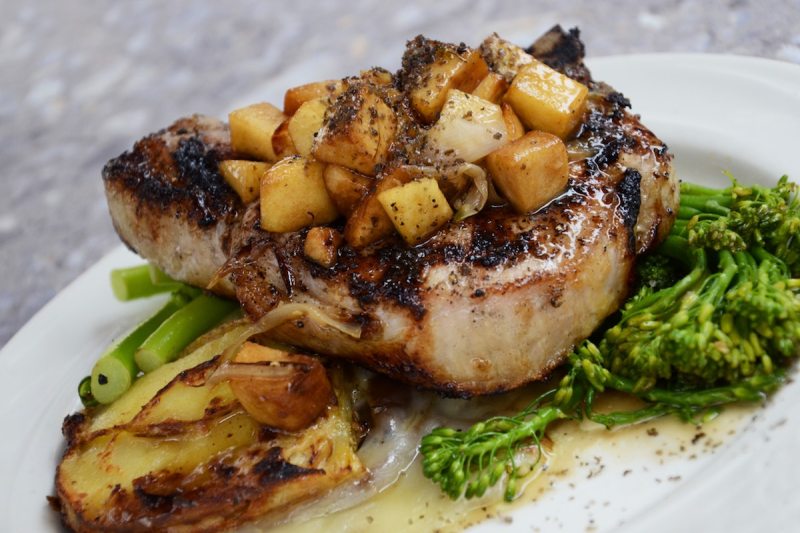
There aren’t many foods on this list that are naturally high in vitamin D, as it’s not a nutrient found organically in many foods. That said, pork does contain some vitamin D. A pork chop contains about 10% of the daily value. Pork is also a great source of selenium, with each six-ounce chop providing about 80μg, which is nearly 150% of the daily value. You’ll also get a hefty dose of biotin, a vitamin crucial for supporting the health of your hair, skin, and nails, every time you cook up a delicious pork steak.
Eggs
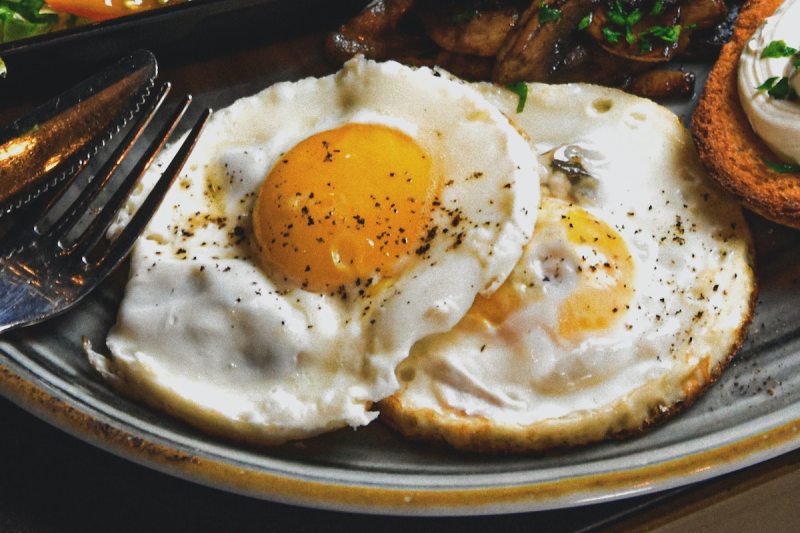
Eggs aren’t particularly high in vitamin D, but relative to other unfortified foods, they are a good source (just make sure you’re eating the yolk, as that’s where you’ll find this vitamin). Each large egg has just over one microgram or about 6% of the daily value. However, don’t let these seemingly low numbers turn you away from this nutritious food. You’ll also get nutrients like protein, iron, and biotin.
This winter, as natural vitamin D intake becomes more challenging, look to the above foods to stay healthy. Your bones will thank you for it. And your immune system will be all the stronger as colds and flus swirl about.
Editors' Recommendations
- 12 delicious foods high in vitamin E for skin, hair, and heart health
- These foods are high in soluble fiber and vital for good health
- 1 of 2 American adults aren’t getting enough magnesium — these foods will help
- These 13 foods will add essential vitamin K to your diet
- Improve your skin and eyes with these delicious foods high in vitamin A





